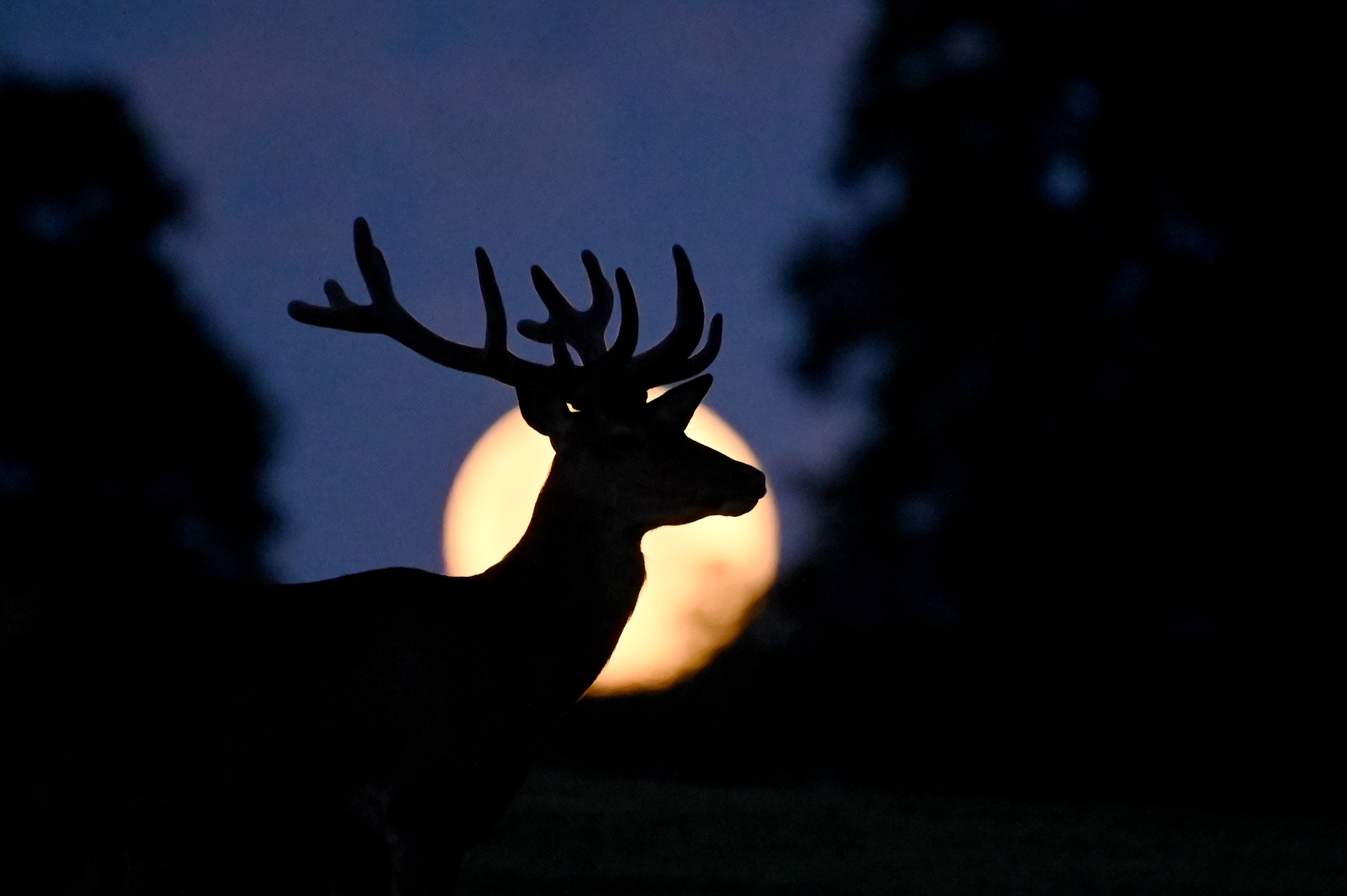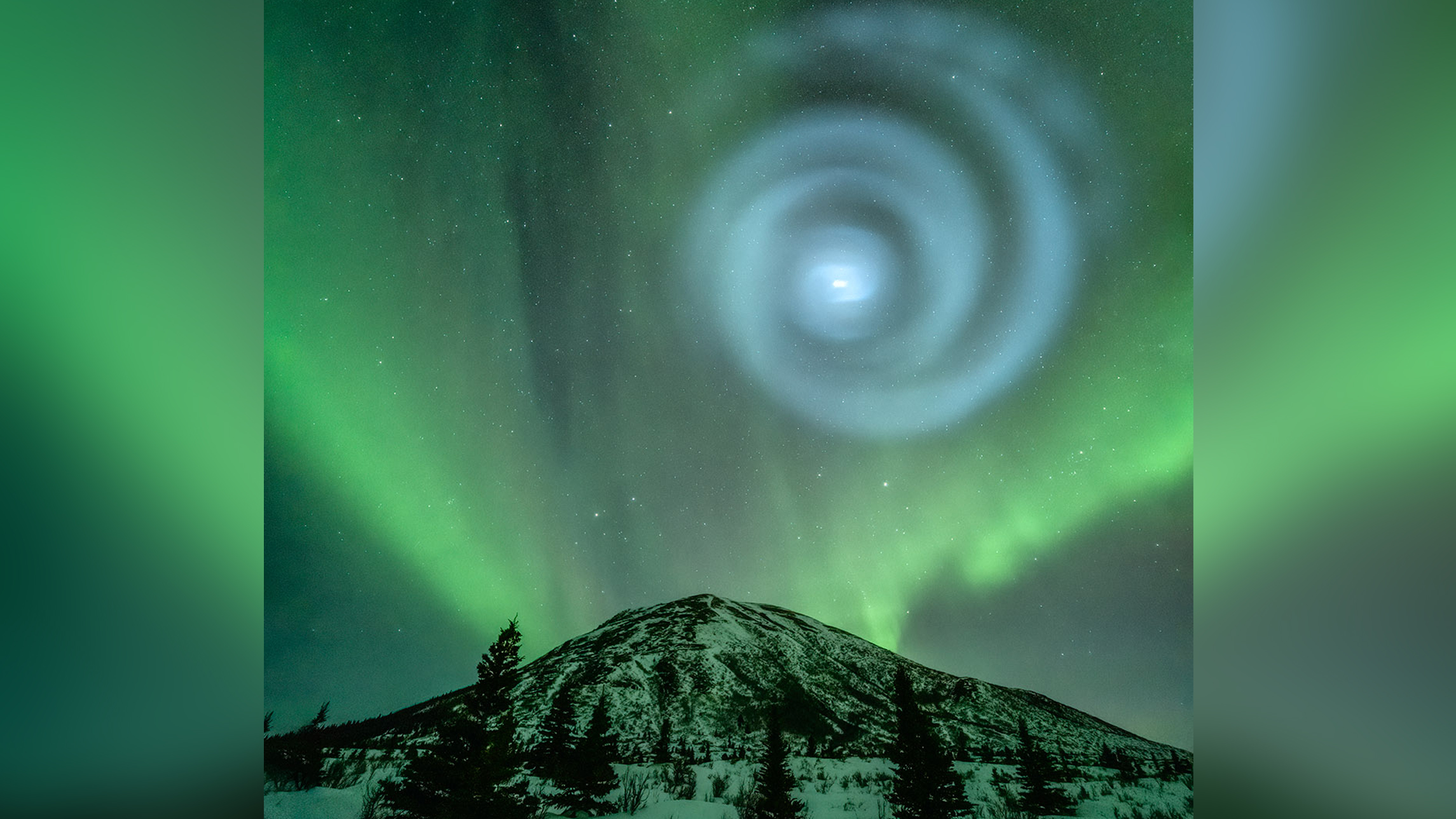Hoping to catch a glimpse of the Northern Lights over New York this week? Sorry to disappoint, but it doesn't look that will be happening after all.
Stargazers throughout the U.S. hoping see the Northern Lights may have to book that trip to Iceland after all due to a forecast change that downgraded a solar storm expected on Thursday. Also known as aurora borealis, the colorful sky show happens when solar wind hits the atmosphere.
An earlier forecast from the University of Alaska Fairbanks Geophysical Institute predicted aurora activity on Thursday in New York, as well as more than a dozen other states: Alaska, Oregon, Washington, Idaho, Montana, Wyoming, North Dakota, South Dakota, Minnesota, Wisconsin, Michigan, New Hampshire, Vermont, Indiana, Maine and Maryland.
A geomagnetic index known as Kp ranks auroral activity on a scale from zero to nine, with zero being not very active and nine being bright and active. The initial prediction from the Geophysical Institute was based on the National Oceanic and Atmospheric Administration's Space Weather Prediction Center's 27-day outlook that had a Kp 6 forecast for Thursday’s storm.
However, an updated three-day forecast, considered more reliable due to its proximity to the atmospheric event date, has the Kp index topping out under 4, which isn't sufficient to produce a light show that would be visible in the continental U.S. So if you were planning on heading to Upstate New York to see the phenomenon, you may have to keep driving well up into Canada to see anything good.
Get Tri-state area news and weather forecasts to your inbox. Sign up for NBC New York newsletters.
Northern Lights are most often seen in Alaska, Canada and Scandinavia, but an 11-year solar cycle that’s expected to peak in 2024 has been making the lights visible in places farther to the south. Three months ago, the light displays were visible in Arizona, marking the third severe geomagnetic storm since the current solar cycle began in 2019.
Northern Lights occur when a magnetic solar wind slams into the Earth’s magnetic field and causes atoms in the upper atmosphere to glow. The lights appear suddenly and the intensity varies.



